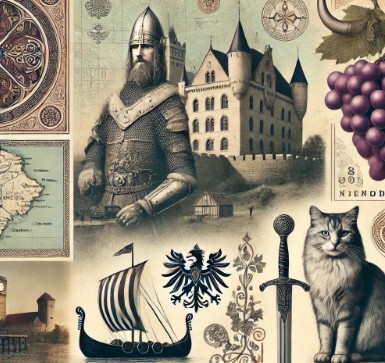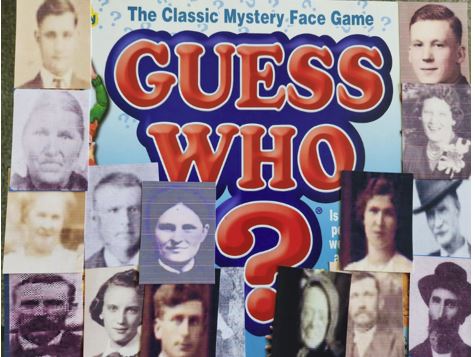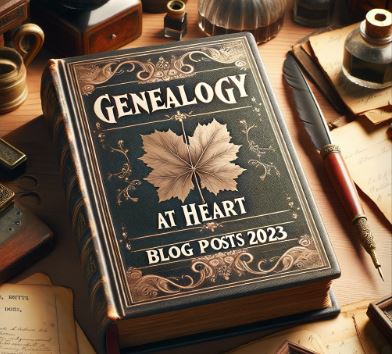
What a way to start the New Year!
Perhaps it’s just me but I’m having some issues with several situations that have arisen this month that makes me feel the need to share with all of you genealogy enthusiasts.
The weather has been cold, though the snow minimal (not complaining!). Since I’ve been house bound a good deal of the time (I don’t do cold!) I’ve been spending my days researching, writing, consulting, and watching online presentations.
Here is some nonsense that I’ve heard in just the past two weeks:
- Regarding an indexed set of school enumeration records, the presenter emphasized there was no need to see the original because the presenter was certain the person who had indexed didn’t make mistake.
No – just NO! Everyone makes mistakes, whether intentional or not. We need to see the original. Indexing is nice and can be a short cut but it’s not the end all be all. Thorough research requires that we search for originals that exist.
2. I suggested to a presenter via the chat box that the organization might want to try to obtain club and society records to add to their list to digitize. The answer took my breath away – the response was, “We don’t THINK those records exist.”
Whoa – you don’t THINK?! I don’t want a THINK I want to KNOW. Do you KNOW if those records exist? If so, how do you KNOW? Who did you ask? Where did you look? When did you look?
Friends, this really hit a nerve with me as I’ve blogged before about trying to find school records for my husband’s grandmother only to be sent from Hobart Township to the city of Gary to the city of Crown Point to the city of Merrillville to Indiana University and then back to Hobart Township. Each person I spoke with in those locations suggested I contact somebody else. Turned out, the records I needed were at IU but in the Calumet Township archive. Why? I have no idea why someone would have filed Hobart Township in Calumet Township but they were there. So, if you are in need of records do not accept I THINK they are blah-blah-blah. Look there but keep looking and one day you will be successful. If you accept that the records don’t exist with no reason given for why they were destroyed you aren’t done looking.
3. I received a pedigree chart from someone that was beautifully done but when I inquired as to SOURCES, and questioned an odd name change, received the response, “I’ve been researching for 40 years and know it to be correct.”
Really? I’ve been researching for years, too, but that doesn’t provide me with some sort of privilege to say that my work is flawless and I should not be questioned. Readers – keep me on my toes, please. If you see something I write you disagree with let me know. We never stop learning and should be able to handle a difference in opinion and to explain our findings.
4. In discussion with a colleague, I mentioned I thought the relationship of a son to his father wasn’t sound. The colleague had asked me to review the information and that was my conclusion. I listed the reasons why I believed more research was needed. The response I got was, “You just don’t want to believe it.”
Umm, no I don’t because of the reasons I gave. If you want to believe it then why did you ask in the first place?
5. If you post on Facebook seeking help and you get a response, thank the person and not kill the messenger. Really, it’s not hard.
A distant family member posted about their frustration with a cell phone and how they got no help at the phone store. I suggested seeking out a tech savy kid as it worked for me. Here was the response – edited to not identify the person (because I’m writing from the heart and they don’t): “My kid is a tech genius… I was not looking for advice (as I have stated previously in this thread).”
Honey, please re-read your initial post because YOU DID NOT state you weren’t looking for advice. Two other posters gave you sound advice as well but you didn’t respond as you did to me.
Reminder to all – treat your family with respect like hopefully, you would your friends and associates.
Let’s hope February improves!









